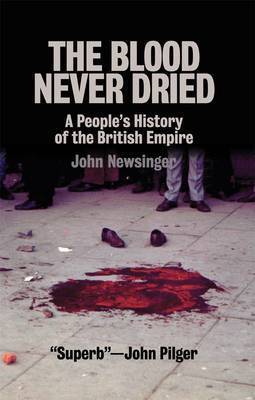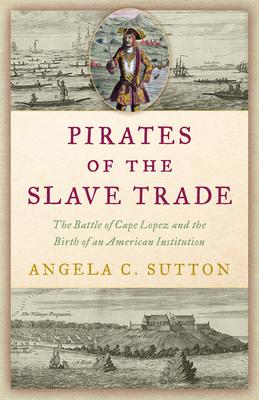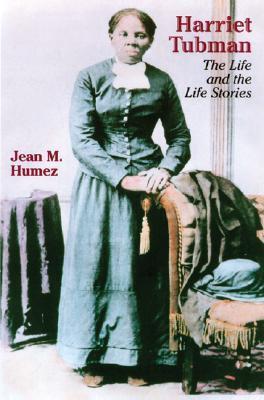
Bury the Chains: Prophets and Rebels in the Fight to Free an Empire's Slaves
Book Description
A desperate cry for justice echoes through the halls of power, igniting a relentless battle against the chains of slavery. In "Bury the Chains," Adam Hochschild unveils the gripping saga of determined rebels and prophetic visionaries who dared to challenge an empire’s darkest practices. With vivid narratives that blend moral courage and fierce activism, the fight to free enslaved people becomes a powerful testament to human resilience and the quest for freedom. As alliances form and betrayals unfold, can hope triumph over the tyranny of oppression? The fate of millions hangs in the balance. Will history remember their sacrifices?
Quick Book Summary
"Bury the Chains" by Adam Hochschild chronicles the emergence and triumph of the British abolitionist movement in the late 18th and early 19th centuries. Through vivid storytelling, Hochschild introduces readers to the unlikely group of activists who collectively ignited one of history's first and most influential human rights campaigns. The narrative follows figures such as Thomas Clarkson, Olaudah Equiano, and Granville Sharp, as they mobilized public opinion, organized mass petitions, and pioneered tactics still used in advocacy today. Against the backdrop of the British Empire’s wealth, largely built on the slave trade, these reformers faced powerful political and economic interests and widespread social complacency. Their relentless struggle turned abolition from a radical idea into a moral cause, reshaping British society and setting vital precedents for future social justice movements.
Summary of Key Ideas
Table of Contents
Origins of the Abolitionist Movement
The story begins in late 18th-century Britain, at a time when the transatlantic slave trade was responsible for immense wealth and had become deeply embedded in British industry and society. Few questioned its morality, making the movement to end it both an improbable and radical challenge. Hochschild centers his narrative on the formation of the Committee for the Abolition of the Slave Trade in 1787—a small band of Quakers, Anglicans, free blacks, and political reformers motivated by both religious conviction and the emerging ideals of human rights. Their collaboration sparked a new kind of social campaign, rooted in both faith and empirical evidence.
The Role of Moral and Religious Conviction
Central to the movement was the use of unorthodox tactics to mobilize public support. Activists systematically collected eyewitness accounts from former slaves like Olaudah Equiano, garnered signatures through door-to-door petition drives, and reproduced shocking imagery such as the diagram of the slave ship Brookes. These innovative forms of advocacy reached across class divides, engaging women, artisans, and even children in what became the world’s first broad-based, nonviolent mass movement.
Grassroots Activism and Advocacy Tactics
As the abolitionists gained traction, they encountered fierce opposition from powerful business interests and politicians profiting from the slave trade. The West Indies plantation lobby vehemently defended the status quo, warning of economic ruin and loss of imperial power. Despite setbacks, the abolitionists pressed on, leveraging shifting political environments, such as the turmoil of the Napoleonic wars and the slave uprising in Saint-Domingue, to reframe their arguments and increase pressure on Parliament.
Economic Interests versus Human Rights
Religious belief played a crucial role in sustaining the abolitionists’ efforts. Hochschild details how Christian doctrine, especially within Quaker and Evangelical communities, inspired activists to view slavery as a profound sin and to see themselves as moral crusaders. Their convictions provided both the framework for action and spiritual sustenance during periods of political backlash and personal risk, deepening the movement’s resolve and reach.
Legacy and Global Impact
Ultimately, the abolitionists triumphed with the passage of the 1807 Act for the Abolition of the Slave Trade, a watershed that reverberated across the British Empire and the Atlantic world. The book highlights the enduring impact of their strategies—such as consumer boycotts and grassroots advocacy—on later social justice movements. "Bury the Chains" stands as a testament to what determined, ordinary people, armed with moral purpose and inventive tactics, can achieve against overwhelming odds, influencing the global fight for human rights long into the future.
Download This Summary
Get a free PDF of this summary instantly — no email required.





